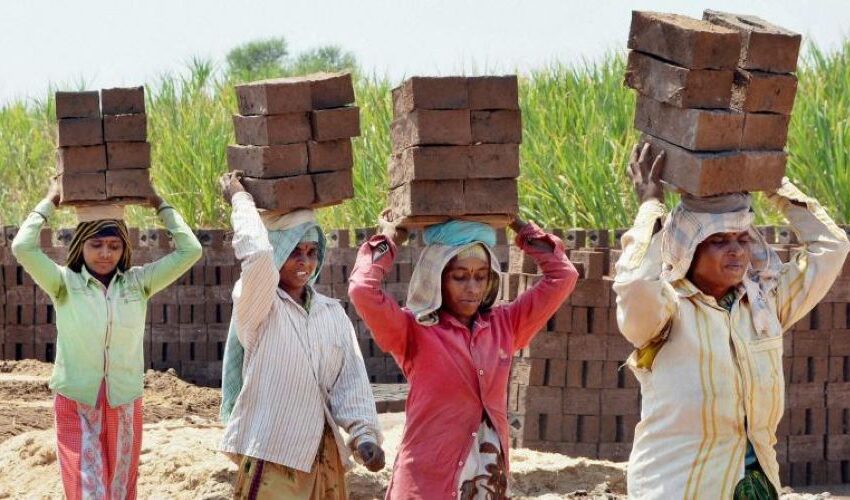Gender bias, pay disparity rampant in construction industry

Meena Murthy Kakkar
The second largest industry in India, the construction industry contributes extensively to our Gross Domestic Product (GDP). Unfortunately, it accounts for less than 25 per cent of the women’s force. Keeping this appalling number aside for an instant, let me ask— how often do you see women working as carpenters or electricians on architectural sites?
Most women on construction sites are employed to carry stones, bricks and soil for minimum wages. However, even for menial jobs on the site, men are paid more than women for the same task. Hence, gender biases and disparity in the pay structure prove to be despondent for women working across the country on construction sites. Moreover, being a part of an industry that plays a significant role in shaping our nation’s economy, women have to struggle for a safe and comfortable on-site environment.
Physical comfort is of utmost importance too, but unfortunately, construction equipment— clothes, helmets, jackets etc. are designed for men’s physiques. While women are expected to perform the same tasks, the site equipment is not handy. Besides being migrant workers, generally, these women do not have adequate education or knowledge to ask for better facilities as they usually become a ‘helping hand’ to their husbands on site.
On the positive side, NGOs like NIRMANA and SEWA actively work to educate and provide better living facilities for women construction workers, create awareness amongst all stakeholders, policy reviews and conduct vocational training programs.
Architects should come forward to streamline this process by talking about providing vocational training to women so they can step up the ladder from unkilled tasks to professional jobs on-site. This change would enable women, many being migrants, to create a better life for themselves, allow equality on construction sites and make them safer. We, as architects, should become the voice to bridge the gap between top women leaders and construction workers to facilitate a better future for women workers. The first and most crucial step in this direction would be to create more awareness about potential job opportunities on-site with a streamlined training course to educate them. Apart from this, we should also be open-minded to enable this change for women workers across the country.
Meena Murthy Kakkar is Design Head and Partner, Envisage

